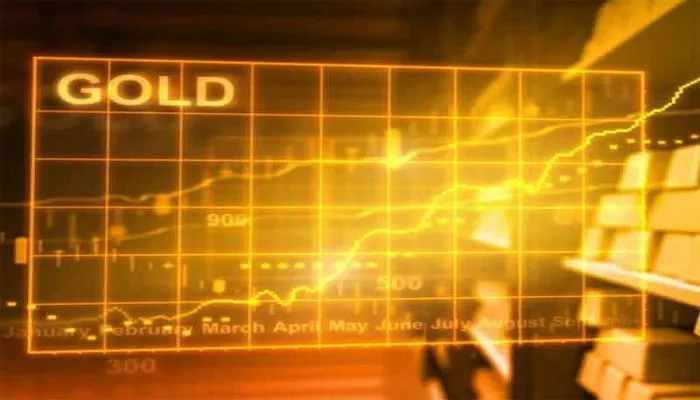Gold prices declined sharply on Wednesday, falling more than 2% as the Federal Reserve opted to keep interest rates unchanged for a third consecutive policy meeting. The retreat comes despite improving investor sentiment fueled by renewed trade dialogue between the United States and China. At the time of reporting, spot gold (XAU/USD) was trading at $3,371, down from a session high of $3,438.
The Fed left its benchmark interest rate steady at 4.25%–4.50%, citing heightened uncertainty surrounding the economic outlook and ongoing risks to its dual mandate of maximum employment and stable prices.
In his post-meeting remarks, Federal Reserve Chair Jerome Powell struck a measured tone, emphasizing that the current policy stance remains appropriate. He reiterated the central bank’s readiness to respond swiftly if economic conditions warrant a shift but cautioned that enduring tariffs may obstruct the Fed’s ability to fully achieve its objectives.
Powell declined to prioritize between controlling inflation and supporting employment, stating it was premature to determine which goal required greater attention. However, he affirmed the Fed’s commitment to reevaluating its policy tools should the balance between the two mandates falter.
Market sentiment improved after news broke that U.S. Treasury Secretary Scott Bessent and Chinese Vice Premier He Lifeng are set to meet in Switzerland, marking a potential thaw in trade tensions. In response, the U.S. dollar strengthened as investors locked in profits and rotated back into the Greenback.
Despite Wednesday’s dip, gold remains underpinned by ongoing geopolitical tensions across multiple regions, including conflicts involving Russia and Ukraine, Israel and Hamas, and India and Pakistan.
Meanwhile, central banks have continued to boost their gold reserves. According to the World Gold Council (WGC), the People’s Bank of China (PBoC) added 2 tonnes of gold in April—its sixth consecutive monthly increase—bringing its total holdings to 2,294 tonnes for the year. Poland’s central bank raised its reserves by 12 tonnes to 509 tonnes, while the Czech National Bank added 2.5 tonnes.
The U.S. dollar’s rebound posed a headwind for gold. The U.S. Dollar Index (DXY) rose 0.13% to 99.52, while stable Treasury yields further weighed on bullion. The yield on the 10-year U.S. Treasury note held at 4.291%, and real yields, as reflected in the 10-year TIPS, remained flat at 2.029%.
Swap markets are currently pricing in a 25 basis point rate cut at the Fed’s July meeting, with two more reductions expected by year-end.
Technical Outlook:
Gold remains confined within the $3,350–$3,400 range, with a bullish bias intact. Buyers will need to reclaim the $3,400 level to maintain momentum toward the $3,450 resistance. A breakout beyond that could lead to a test of the all-time high near $3,500. However, a drop below $3,350 would open the door for a retest of the May 1 low at $3,202, with further downside potentially targeting the 50-day Simple Moving Average at $3,113.


